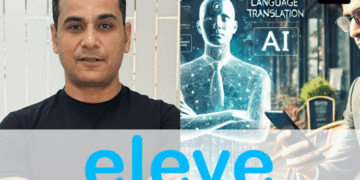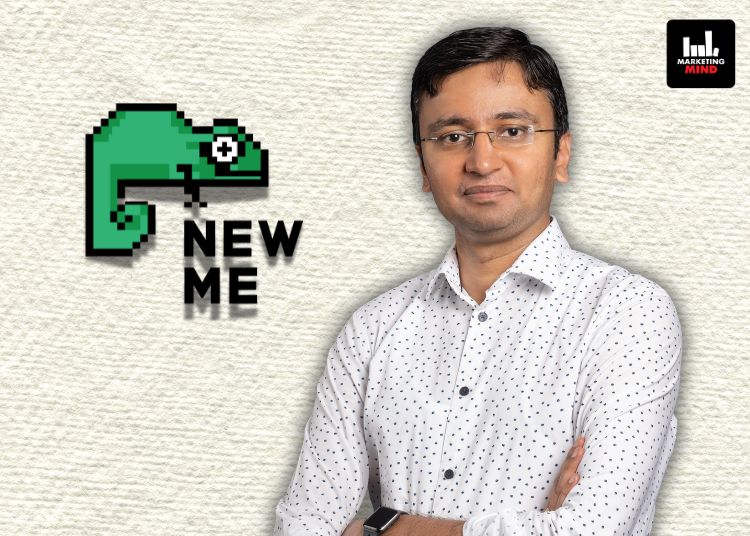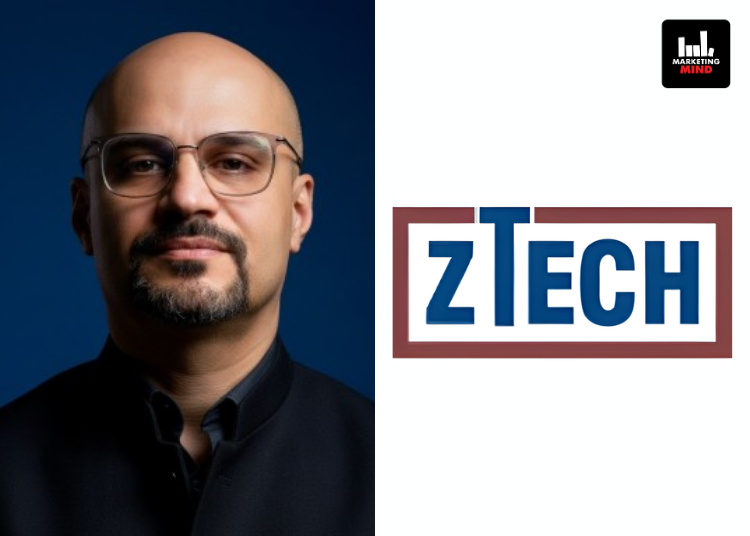Parthasarathy Mandayam, Chief Strategy Officer – South Asia, GroupM, emphasised the need for constant monitoring and proactive listening as the advertising industry navigates the ethical challenges of emerging technologies like deepfake videos.
While speaking on the sidelines of the recent launch of the GroupM TYNY report, he highlighted that this approach enables brands to respond with authenticity and clarity, reinforcing their stance and maintaining credibility in an era where misinformation can easily distort trust.
He said, “The first step is self-regulation, and brands are increasingly being very ethical about how they regulate themselves. However, the challenge often lies not in what brands do themselves but in what others do to them.”
Furthermore, he pointed out that this issue first gained attention with influencer marketing, where transparency measures like disclosing promoted posts became necessary. Similarly, platforms must take greater responsibility by implementing stringent scrutiny to verify content authenticity and its source. While brands will strengthen self-governance and the influencer industry will introduce more regulations, tackling this issue requires a collective effort.
“Deepfake and similar things may never be entirely eliminated, but minimising exposure is key. Equally crucial is how swiftly and effectively brands respond when such incidents occur. Constant monitoring and proactive listening are essential, allowing brands to react with authenticity and clarity, reinforcing their stance and ensuring their voice remains credible amidst misinformation,” Mandayam stated.
When asked about emerging content genres that present opportunities for advertisers looking to diversify beyond sports, Mandayam highlighted that addressable TV is seeing growth across various genres. Reality content, in particular, continues to evolve, while OTT platforms are introducing distinct genres that cater to different audience segments across the country.
The key, he noted, lies in cohort-based or segment-based targeting, which allows advertisers to identify content genres that resonate with their audience, some even reaching the scale of sports.
He emphasised, “Sports itself extends beyond cricket, with significant viewership across other sporting events. Additionally, reality shows and similar formats offer strong engagement. For advertisers looking to target niche audiences, there are well-defined content categories that perform effectively.”
However, he stressed the importance of precise measurement and a clear understanding of audience catchment areas to make informed decisions about content selection.
When asked how advertisers can leverage the granular targeting capabilities of addressable TV to reach niche audiences without sacrificing scale, he explained that addressable TV is transforming advertising by enabling brands that previously couldn’t leverage traditional television to now do so effectively. This shift is driven by two key factors.
“First, brands that never advertised on TV before, due to geographical limitations or restricted distribution, can now reach their target audience without wastage. For instance, a brand available only in the top six metros no longer needs to advertise nationwide, addressability ensures their ads reach only relevant markets. Similarly, a brand launching a test run in Tamil Nadu can capitalise on TV’s large-screen impact and family co-viewing benefits without unnecessary spillover,” Mandayam said.
Furthermore, he went on to say that second, the ability to personalise messaging presents a massive opportunity. Advertisers are no longer confined to broad city-level targeting, advancements now enable precision down to polygon mapping- beyond state, city, and even pin code targeting. This means brands can advertise a product in specific pockets of a city based on availability. For example, if a new variant is stocked in Bandra but not in Ghatkopar, ads can be tailored accordingly.
“With a reach of 65 million, addressable TV offers brands both scale and precision. This audience size represents a significant portion of most brands’ revenue-driving markets. Moreover, advertisers can customise campaigns dynamically, this level of control makes addressable TV a powerful tool in modern advertising,” he added.
He mentioned that the early adopters of addressable TV advertising primarily came from premium segments such as automobiles and high-end fashion, as they catered to a highly focused, affluent audience. However, there is now a growing shift, with more mass brands embracing addressable TV.
This surge is driven by a strong push toward premiumisation across various categories, including toothpaste, soap, and food. Addressable TV effectively supports this strategy by minimising spillover and reducing wastage, making it an increasingly attractive choice for brands aiming to elevate their positioning.
On being asked about the impact of generative AI on content creation and how he envisions the balance evolving between AI-generated content and human creativity to maintain compelling and authentic advertising narratives, he responded that Gen AI must be grounded in real data, at least for now. While it continues to evolve, it still operates based on existing information rather than generating completely original thoughts. Human intelligence remains essential for true originality.
“That said, Gen AI has become significantly more hyper-realistic compared to earlier versions. If you compare today’s outputs with previous iterations, the advancements are undeniable. However, it still isn’t capable of producing entirely original full-length video content, any such creation is built upon pre-existing data,” he said.
“What Gen AI is doing effectively is cutting down time and enhancing visualisation. It provides inspiration by helping users imagine images and contexts with far greater clarity than before. This acceleration makes the journey toward meaningful outcomes much faster. While a lot of routine and repetitive tasks may eventually be taken over by AI, the need for genuine human creativity remains irreplaceable,” he added.
















